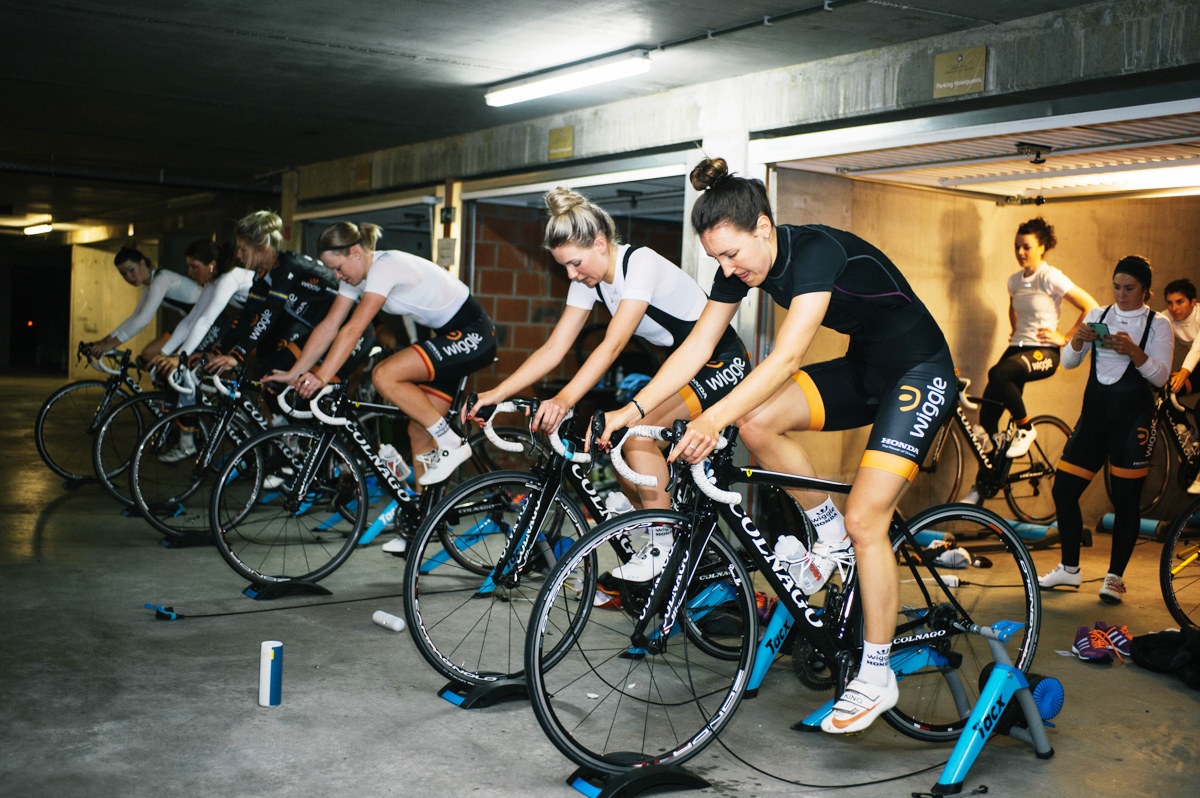Interval Training – should you do one more?

Interval Training – how many intervals are enough?
The basic notion of interval training is that by stressing your body, it causes your body to undergo positive fitness adaptions. The amount and type of interval training you do, will impact how efficiently and effectively you can realize these positive adaptions.
Depending on your current level of fitness and ability, you can make tangible gains, where you feel stronger on your bike in only a few weeks. For someone who has received good quality coaching, including an element of interval training for a period of time, those gains are going to be harder to realise.
It is not as simple as ‘the more you train, the better you become’ – it is extremely common to see riders progress stagnate, due to there being no focus in training. The number one response to our question ‘what does a typical week look like for you training wise’ is ‘I ride hard for a few hours, a few times a week and do a club run or changing on the weekend’. If this sounds like you, and you want to make progress – the good news is you have huge potential to improve! Get in touch to discuss how! The key is to include an element of interval training – the exact variety will depend on your own personal goals.
So, how many intervals is optimum?
As always, there is no one size fits all response. The answer varies depending on a number of factors including;
- Your goals
- Your resilience to fatigue
- Current level of fitness and fatigue
- The length of interval
- The rest of your training plan (do you have a rest tomorrow or is it a long, intense ride?)
- Your level of motivation
In an attempt to quantify when another interval may be too much, Hunter Allen come up with the following table as a guide, to help guide when ‘one more interval’ may not be a good idea – which ties in with our own experiences.
When to stop interval repeats based on watts achieved in third effort
| Interval | Avg. Drop in Power* |
| 20 minutes | 3-5% |
| 10 minutes | 4-6% |
| 5 minutes | 5-7% |
| 3 minutes | 8-9% |
| 2 minutes | 10-12% |
| 1 minute | 10-12% |
| 30 seconds | 12-15% |
| 15 seconds | When peak power drops 15-20%, orwhen avg. power forthe interval drops 10-15% |
*The percentage drop in average watts is based on the number of watts achieved in the third effort. For example, with 5-minute intervals a rider is ready for rest when his/her average watts for an interval are 5-7% lower than they were in the third interval. This is because the effort that a rider can produce in the first or second interval will be much higher than what that rider could actually repeat multiple times.
So, when considering how many intervals above – the table above will help, coupled with clear identification of your goals, and awareness of how that particular session fits in to the bigger picture of your training plan.
Happy Interval Training!
Article written by Rowe & King Head Coach, Courtney Rowe.

@LukeRowe1990
@Dani_Rowe_MBE
@RoweandKing